I believe wholeheartedly that if women are searching for natural birth control and fertility awareness, they should be able to access this information easily, quickly and wherever they are in the world. So today, where jumping straight into answering the question: what is the Sympto Thermal Method?
Blog Disclaimer: This is a reflection of my personal own study, knowledge and experience. It is not meant to invalidate yours, and is not intended as a substitute for consulting with your physician. You can view our full disclaimer here.
–
What Is The Sympto Thermal Method?
The Sympto Thermal Method is a form of fertility awareness that is a natural form of birth control practiced by observing and recording our body’s fertility signs. This method and practice can be used to prevent pregnancy or plan a pregnancy naturally.
A woman is not fertile for the entire length of her cycle. It is only possible to conceive during her “fertile window” several days surrounding the time of ovulation.
If a woman is using Fertility Awareness to avoid pregnancy, she can either abstain from vaginal intercourse or use a barrier method during her fertile window. Similarly, if she wishes to achieve pregnancy, the fertility signs indicate when conception is possible.
The benefits of the practicing the Sympto thermal method include:
- Hormone-free
- No side effects
- Natural — works with your body
- Non-invasive
- Helps monitor reproductive health
- Allows for joint birth-control responsibility
- Aids in developing couples communication
- Is morally acceptable to all cultures
- Has been found to be 99.4% effective with perfect use
–
So What Does Practicing This Method Involve?
1. Learning a Method
In the learning phase, you’ll learn all about the phases of your cycle, your fertility signals as well as how to put it all together and apply the rules to understand each day if you are fertile or not (and which days could lead to pregnancy).
After learning the method and charting for a couple of cycles, women usually become confident enough to use the method to prevent pregnancy.
Time Involved: about 1 month to learn a method
~ 2-3 months of actively charting to put into practice what you’ve learnt
2. Daily Observing Your Fertility Signals
Observing two of your body’s fertility signs — basal body temperature and cervical fluid — everyday on a paper chart or in an app.
Time Involved: 1-2 minutes of daily attention
3. Following The Rules to Determine Your Fertile Window
By applying the sympto thermal rules to your chart, you can quickly determine which days could lead to pregnancy and which days will not.
Time Involved: 1-2 minutes of daily attention
Natural Birth Control Introductory Articles
What is fertility awareness?
Your Natural birth control questions answered
8 mistakes to avoid when using natural birth control
The Sympto Thermal Method Rules
Before we get into all the specifics and rules, a little disclaimer; this blog is intended as an introduction and starting point to help you decide if FAM is right for you and in no way substitutes learning a method thoroughly!
If you’re wanting to learn how to chart your cycle, we’ve created a fertility awareness online course so this knowledge is affordable and accessible, wherever in the world you are!
This post is an overview of the Sympto Thermal Method rules of what practicing this method involves, and is intended to aid your decision if this method could be an option for you!
Let’s go…
Rule 00: It’s Not For Everyone
The first element to be aware of, is that it’s not for everyone. Fertility awareness is natural, without any side effects, helps monitor reproductive health, and has many benefits. However it’s not for everyone.
It takes the discipline of daily charting your cycle, interpreting that chart and sometimes postponing intercourse or using a barrier method. If you know yourself, and that might not be something you could do, acknowledge it and opt for another type of birth control.
I believe, the best form of birth control will be unique to you individually – one that is most suited to your values, your lifestyle, has the highest effective rate in a clinical study and which you believe you will use most accurately and consistently.
Rule 01: First Days Rule
If you’re in your first year of charting, you are generally considered infertile the first 3 days of your menstrual cycle.
If in one year, you have never had a cycle that was less than 25 days long, you are generally considered infertile the first 5 days of your menstrual cycle.
Two things to note here:
- This rule applies only if you observed a clear BBT shift 12 to 16 days prior to the start of your cycle. This confirms that the bleeding you experience is your period and not abnormal bleeding or ovulation spotting.
- For premenopausal women, the rule is the first 3 day rule regardless because hormonal flucuations during the years approaching menopause can result in early ovulation.
Rule 02: Dry Day Rule
You are generally considered infertile the evening of any day you observed that you had no cervical fluid.
Dry – nothing is felt or seen
Or
Unchanging Pattern – slight discharge (sometimes sticky or clumpy) remains the same day after day, cycle after cycle
If you do have sex, practice Kegels exercises afterwards to expel the semen — so that it doesn’t obscure your cervical fluid readings on the following day. If you do this, you are safe to have intercourse on every dry or unchanging day (otherwise stick to every second day for the first year)
If you only experience one or two consecutive days of sticky cervical fluid and then revert back to dry days, you are considered safe again the evenings of each dry day. But note that this means if you ever observe creamy or egg white cervical fluid, you should NOT consider yourself safe even if you have a dry day afterwards.
Rule 03: Temp +3
You are considered infertile in the evening of your 3rd high temperature above your coverline.
You need to wait for three consecutive high temperatures above your coverline because you might not ovulate until 24 hours after the rise. Then, 10 percent of the time, women release two eggs at ovulation —requiring a total of three days of high temperatures to confirm that you’re not fertile.
Rule 04: Peak +4
You are considered infertile the evening of the 4th day after your most fertile cervical fluid (your peak day) once your cervical fluid has become infertile again, for the remainder of your cycle.
It’s possible that you won’t begin to ovulate until two days after your Peak Day. At ovulation, it’s possible to release two eggs within 24 hours of each other (this is how fraternal twins are conceived), and since each egg can live a maximum of 24 hours, this adds up to 4 days after the Peak Day.
**Postpartum
There are additional rules and nuances for practicing the sympto-thermal method postpartum which isn’t covered here.
**Premenopausal Women
Hormonal changes during the years approaching menopause can result in early ovulation, therefore they’ll need to revert back to the first 3 day rule.
** Anovulatory Cycles
If you are not ovulating regularly, using the sympto thermal method to prevent pregnancy can be frustrating because you may not get many safe days!
Therefore, you might like to use anovilary rules (from the cervical mucus only method) that:
You are considered infertile in the evening (6pm onwards) of each day you experience a dry sensation, sticky discharge, or both. If you experience a change in cervical fluid, wait and apply the peak +4 rule.
How Much Time Does It Take To Learn This Method?
Shorter than you’d probably expect! The rules can seem a bit confusing and overwhelming in the beginning, but don’t worry, it doesn’t take long before you commit these rules to memory.
Some women will feel confident reading the relevant chapters in Taking Charge Of Your Fertility, others will prefer an in person workshop, or an online course.
After learning the method, it usually takes two to three cycles observing and tracking to feel confident enough to use this method as birth control. After that, charting usually takes just a few minutes each day; 1 minute to take your temperature upon waking in the morning and another couple of minutes to record your fertility signs in an app.
Where Can I Learn The Sympto Thermal Method?
If you are interested in learning this method, there is a growing number of passionate fertility awareness educators offering in person and online courses in their method of choice.
The benefits of learning about your own fertility include:
- Understanding that hormonal birth isn’t the only option available – you have a choice
- Being confident in your choice of birth control (whatever it may be)
- Introducing you to a natural option of birth control that works with your body – that possibly you didn’t know of!
Practicing the symptothermal method since 2017, I’ve always just shared the inspiration with other women that there are more options available. But after thoroughly creating a course to teach a friend the symptothermal method, I am pleased to offer it to the wonderful within community who wish to learn!
You can find the details here about our Fertility Awareness Self-Study Course hereThis self-study online course is an empowering tool for women to gain knowledge and understanding of their own body and their reproductive health. It is a comprehensive, structured program to teach you about the sympto thermal method of fertility awareness (FAM) and the specific rules that you can use plan or prevent pregnancy naturally. I’m also very proud to release this course in an all-language edition, so you can learn this important knowledge in your native spoken language ♥
Sources
The 4 Rules of charting for birth control:
Stanford et al. Obstetrics and Gynecology 2002; 100:1333-1341.
Grimes et al. Contraception 2005; 72:85-90.
Freundl et al. The European Journal of Contraception and Reproductive Health Care 2010; 15:113–123.
Robinson et al. Current Medical Research and Opinion 2007; 23:301–306.
Bigelow et al. Human Reproduction 2004; 19:889-892.
P.Frank-Herrmann, et. al. The European Journal of Contraception and in Reproduction Health Care 2010; 15:113-123
–
✰
I hope this article was informative and educational. Here’s to learning we have more available options than we previously knew of (birth control, or otherwise) which is always a good thing!
Jess is a designer, writer and womens wellness advocate. She believes that each of us have our own unique experiences and stories to share to educate and uplift one another.



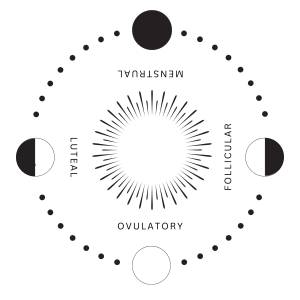
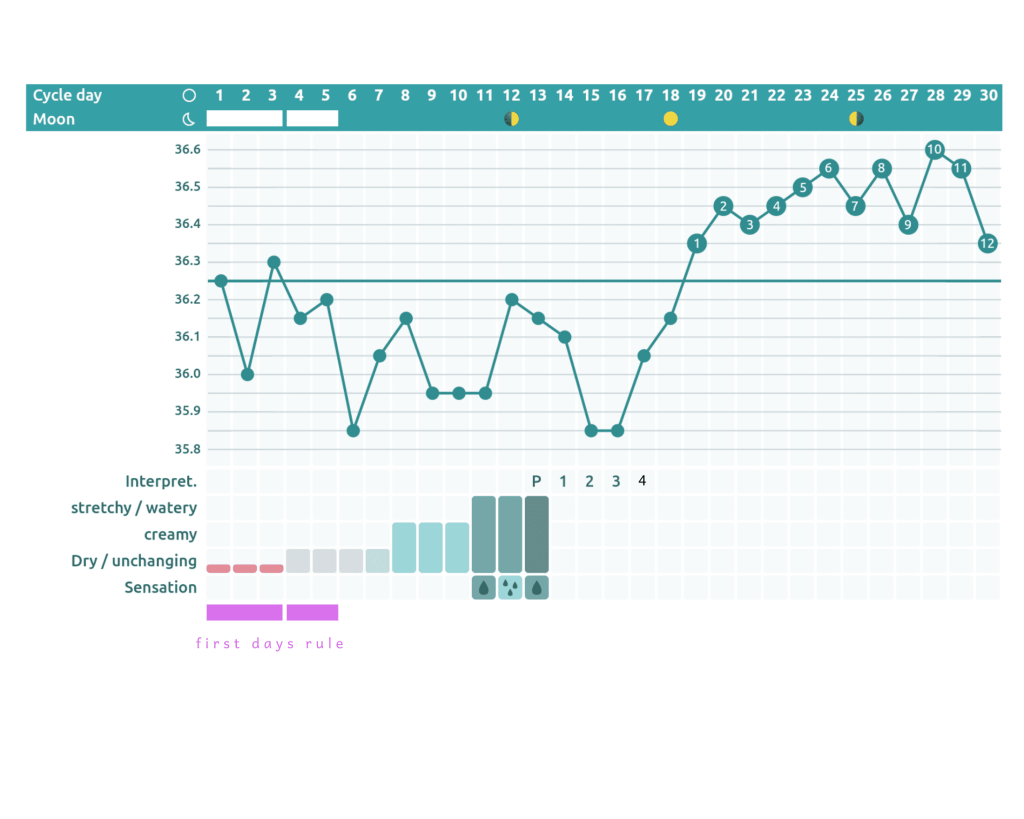
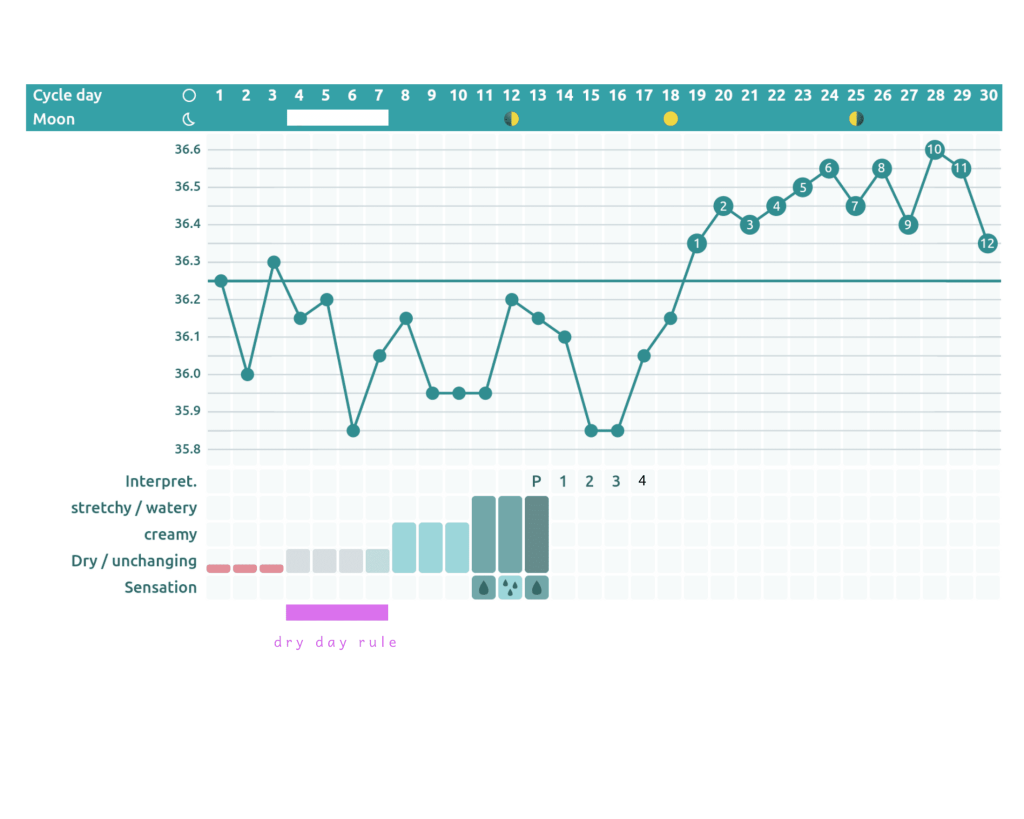
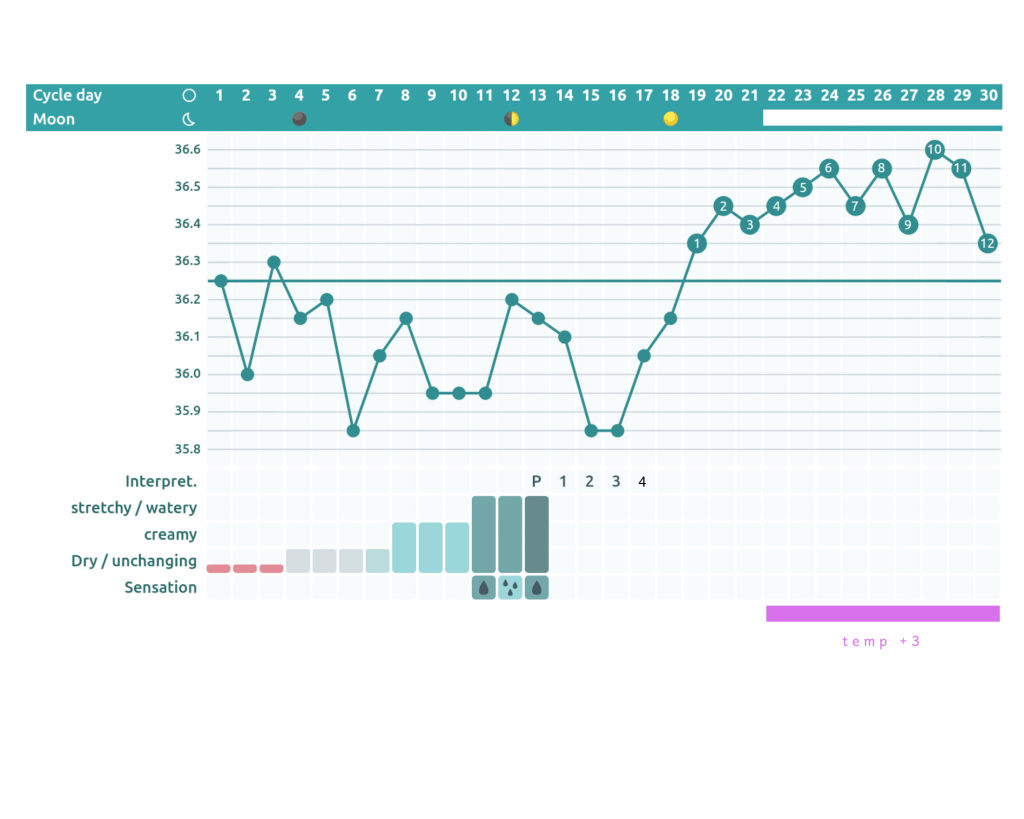
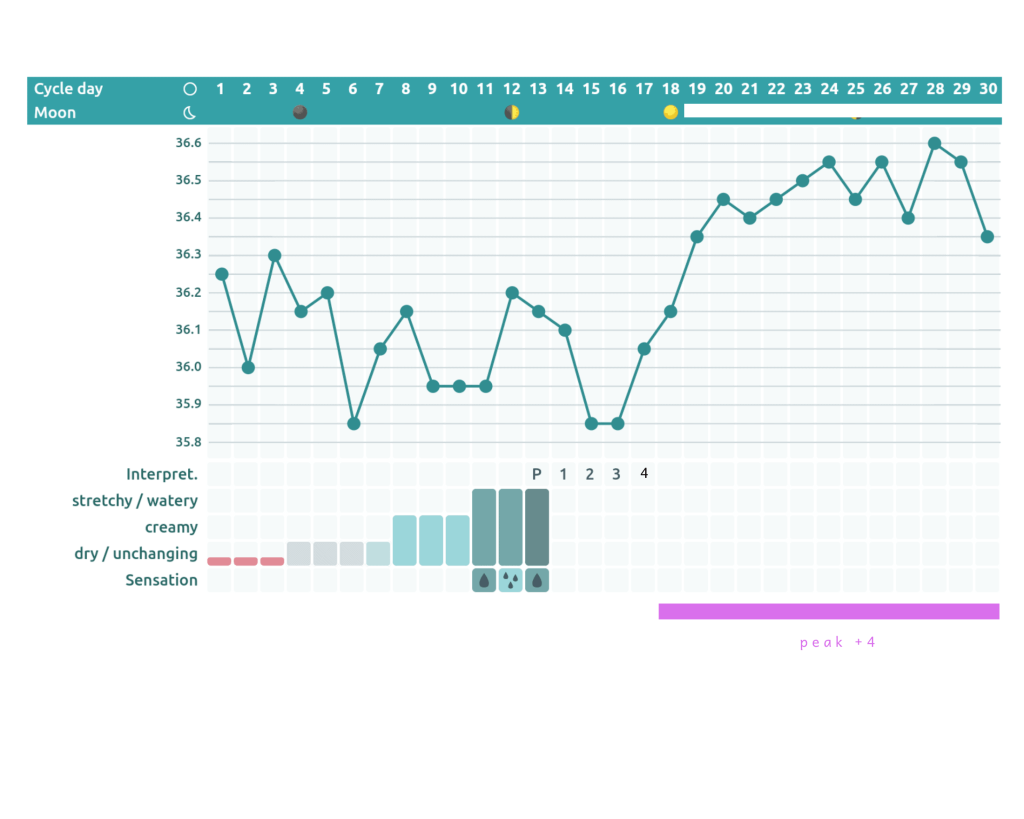







0 Comments
Trackbacks/Pingbacks